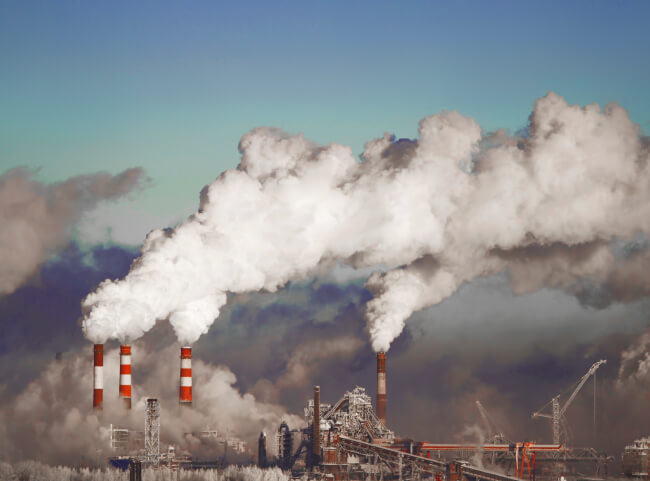In the dynamic and high-stakes world of the oil and gas industry, the ability to swiftly recover from unexpected disasters and maintain uninterrupted operations is paramount. As a skilled copywriter, I am thrilled to introduce a series of articles that delve into the crucial topic of Disaster Recovery in Oil and Gas, shedding light on the intricate mechanisms and specialized solutions employed in this field. Whether you are a professional in the industry or simply seeking a deeper understanding, this collection will equip you with the knowledge to navigate the complexities of disaster recovery effectively.
- What is Disaster Recovery in the context of Oil and Gas?
Disaster recovery in the context of Oil and Gas refers to the comprehensive strategies and measures put in place to mitigate the impact of unforeseen events that can disrupt operations, such as natural disasters, equipment failures, cyber-attacks, or human errors. It encompasses the processes, technologies, and protocols designed to swiftly recover critical systems and infrastructure, ensuring the continuity of oil and gas production, refining, and distribution.
- How does Disaster Recovery apply to local LTE?
Local LTE (Long-Term Evolution) plays a vital role in enabling effective disaster recovery in the oil and gas industry. By establishing private LTE networks at oil and gas facilities, companies can enhance communication capabilities, monitor critical infrastructure in real-time, and coordinate response efforts during emergency situations. This technology provides a reliable and secure means of communication that is essential for rapid decision-making and ensuring the safety of personnel.
- What are the roles of Local LTE in Disaster Recovery in Oil and Gas?
Local LTE networks serve various roles in disaster recovery for oil and gas operations. Some key roles include:
- Enabling real-time monitoring: Local LTE networks facilitate the deployment of IoT devices and sensors, allowing operators to monitor critical infrastructure, such as pipelines, drilling rigs, and refineries, in real-time. This enables early detection of anomalies or potential failures, enabling swift response and preventing further damage.
- Enhancing communication: Private LTE networks provide robust and secure communication channels, ensuring seamless communication among field personnel, emergency response teams, and remote experts. This enables effective coordination and timely decision-making, even in remote or challenging environments.
- Supporting remote operations: In the event of a disaster that renders a site inaccessible or unsafe, local LTE networks can enable remote operation and control of critical systems. This capability ensures that operations can continue with minimal disruption, maximizing productivity and reducing downtime.
- What are the use cases of Local LTE in Disaster Recovery?
Local LTE networks find applications across various disaster recovery scenarios in the oil and gas industry, including:
- Emergency response coordination: During a crisis, local LTE enables efficient communication and coordination among emergency response teams, enabling them to assess the situation, allocate resources, and make informed decisions rapidly.
- Asset and personnel tracking: With local LTE, companies can track the location and status of assets and personnel in real-time. This capability is invaluable during evacuations, ensuring the safety of personnel and efficient recovery of valuable assets.
- Remote monitoring and control: Private LTE networks facilitate remote monitoring and control of critical infrastructure, allowing operators to manage operations and make necessary adjustments from a centralized location, reducing the need for physical presence on-site.
- What is the mechanism and significance of Disaster Recovery in Oil and Gas?
The mechanism of disaster recovery in oil and gas involves a combination of proactive planning, robust infrastructure, and agile response strategies. By implementing redundant systems, backup power sources, data replication, and disaster recovery protocols, companies can minimize the impact of disruptions and quickly restore operations.
The significance of disaster recovery in oil and gas cannot be overstated. It ensures the safety of personnel, protects the environment from potential hazards, reduces financial losses due to downtime, and maintains the supply of crucial energy resources to consumers.
Conclusion:
As we embark on this series of articles exploring Disaster Recovery in Oil and Gas, we aim to provide you with a comprehensive understanding of the principles, mechanisms, and practical applications of this critical discipline. By establishing a solid foundation of knowledge across various relevant fields, such as local LTE, communication protocols, and emergency response strategies, you will be better equipped to navigate the challenges and construct your own private LTE network for disaster recovery in the oil and gas industry. Stay tuned for the upcoming articles that will delve deeper into the specialized and technical aspects of this fascinating subject.




